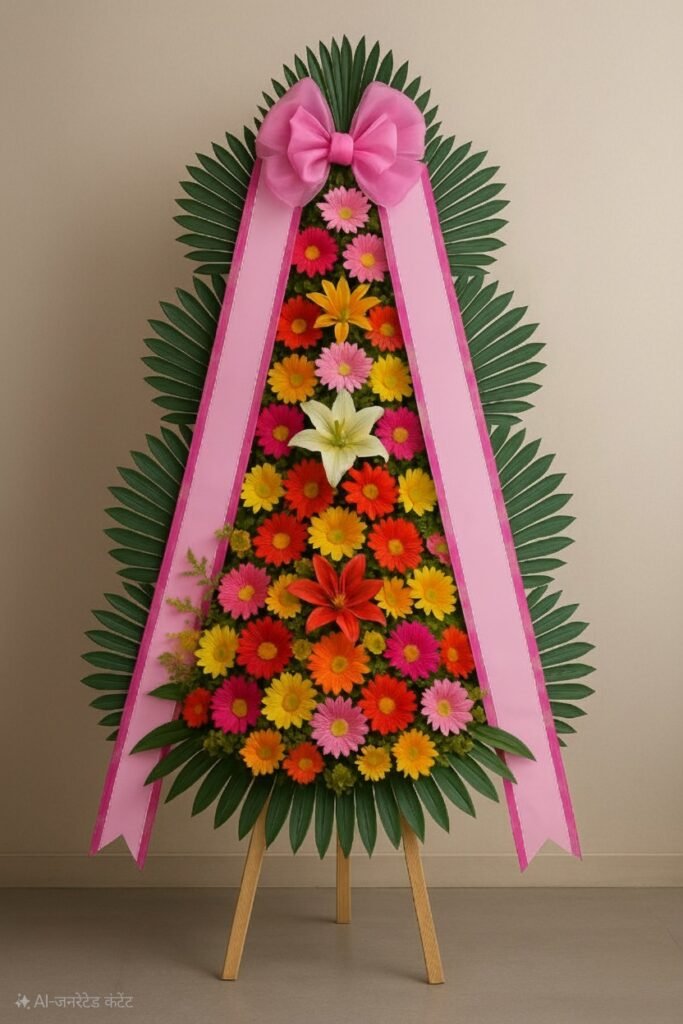The Korean word 경조사(慶弔事) refers to major life events that people experience — both joyful and sorrowful. In Korean society, attending such events is considered an important way of showing respect and maintaining relationships.
1. Meaning of 경조사
경조사 means significant personal events.
Traditionally, these were described through 관혼상제 (gwanhonsangje) — the four major rites of passage: coming of age, marriage, funerals, and ancestral rites. But 경조사 is not limited to this framework. In modern usage, it also includes milestone birthdays (환갑, 칠순, 팔순), the first-birthday party (돌잔치), promotions, opening a business, and moving into a new house.
In everyday speech, however, “경조사” usually refers to weddings and funerals, which are regarded as the most socially important. There is a strong social expectation that, even if you cannot attend every event, you should at least attend funerals. This reflects the priority placed on showing respect in times of loss.
2. Common Expressions
- 경조금 (Gyeongjogeum) – money given for such events.
- 축의금 (Chug-ui-geum): congratulatory money for weddings and other happy events.
- 조의금 (Jo-ui-geum) / 부의금 (Bu-ui-geum): condolence money for funerals. (부의금 is more common in daily life.)
- 상조금 (Sangjogeum): mutual-aid money traditionally pooled among relatives, neighbors, or colleagues to help cover funeral costs.
- 경조휴가 (Gyeongjo-hyuga) – leave granted by companies for family events such as weddings or funerals.
3. 화환 (Hwahan, Flower Wreaths)
In Korea, 화환 are large standing flower wreaths that are commonly sent to weddings and funerals.
- At weddings: 축하 화환 are used to celebrate and congratulate the couple. They are decorated with bright flowers and ribbons carrying messages of congratulations.

- At funerals: 근조 화환 express condolence and respect for the deceased. They are usually made with white or yellow chrysanthemums, which symbolize mourning.

The ribbons on a 화환 typically show the sender’s name on the left and a short message, such as “축 결혼” (Congratulations on your wedding) or “삼가 고인의 명복을 빕니다” (We deeply pray for the deceased’s rest) on the right.
4. Cultural Note
The practice of attending 경조사 comes from the tradition of 상부상조 (sangbusangjo, mutual help). In the past, villagers would help each other by providing labor at weddings and funerals. Today, professional services handle most arrangements, and people show their support by giving 경조금.
Attending a 경조사 is about more than the event itself — it is about maintaining social bonds. Even if someone cannot attend in person, it is common to at least send money or offer words of congratulations or condolence.
At the same time, some people feel pressured by the financial burden of 부조금 or by the expectation to attend. Disputes sometimes arise over the amount of money given, and there are ongoing discussions about reforming this aspect of the culture.
5. Example Sentences
- 우리 회사는 직원들의 경조사를 잘 챙긴다.
– Our company takes good care of employees’ family events. - 친구 결혼식에 축의금을 냈다.
– I gave congratulatory money at my friend’s wedding. - 삼촌 장례식에 부의금을 보냈다.
– I sent condolence money for my uncle’s funeral. - 마을 사람들이 함께 상조금을 모아 장례를 도왔다.
– The villagers collected mutual-aid money to help with the funeral. - 결혼식장 입구에는 하객들이 보낸 화환이 줄지어 있었다.
– The wedding hall entrance was lined with flower wreaths from guests. - 외국에 살아서 미안해. 결혼식에는 직접 못 가지만, 대신 축의금은 많이 보낼게. 결혼 정말 축하해!
I’m sorry I can’t be there since I live abroad. I won’t be able to attend the wedding, but I’ll send a generous amount of money instead. Congratulations on your marriage!
Conclusion
The word 경조사 goes beyond vocabulary and reflects Korean cultural values. It shows the importance placed on standing by others in both joy and sorrow, with a particular emphasis on offering respect in times of loss. By learning this word, you gain not only new vocabulary but also a deeper understanding of Korean social life.
Leave a Reply